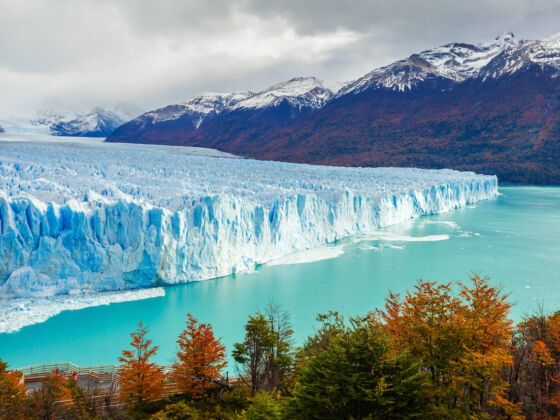GLACIAL ICE IS THE LARGEST reservoir of fresh water on earth, and while many glaciers are shrinking at rates that have us reaching for our hip waders, there’s still plenty of ice around for those interested in seeing one of nature’s wonders up close.
To hike on the glaciers proper, you’ll most likely want to join a tour, follow marked routes carefully, and ensure you have adequate gear.
Even onlookers should wear shades with UV protection and bring along high-SPF sunblock (don’t forget the underside of your chin and nose!). Waterproof clothing is essential.
Here are some of the Southern Hemisphere’s most accessible glaciers.
